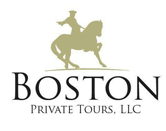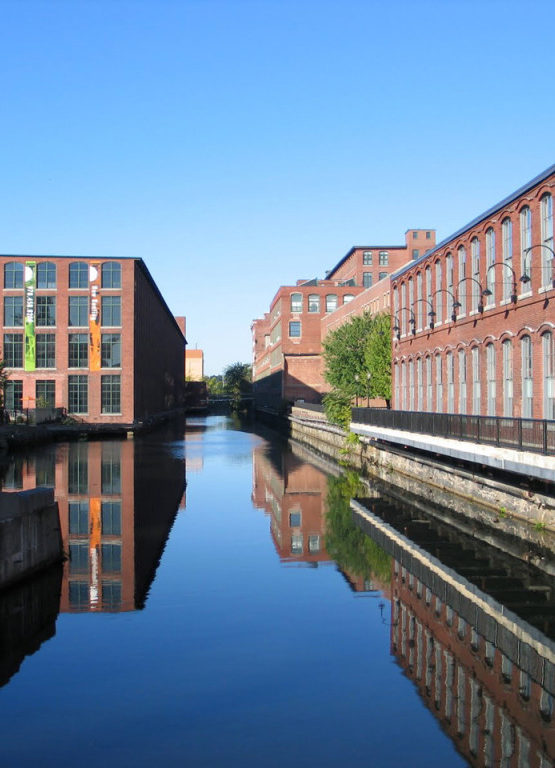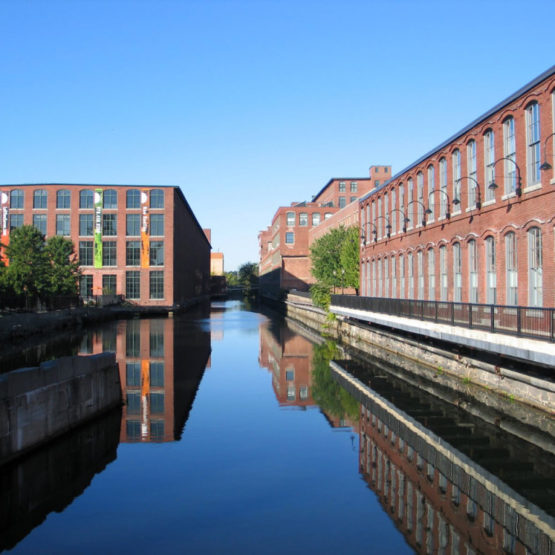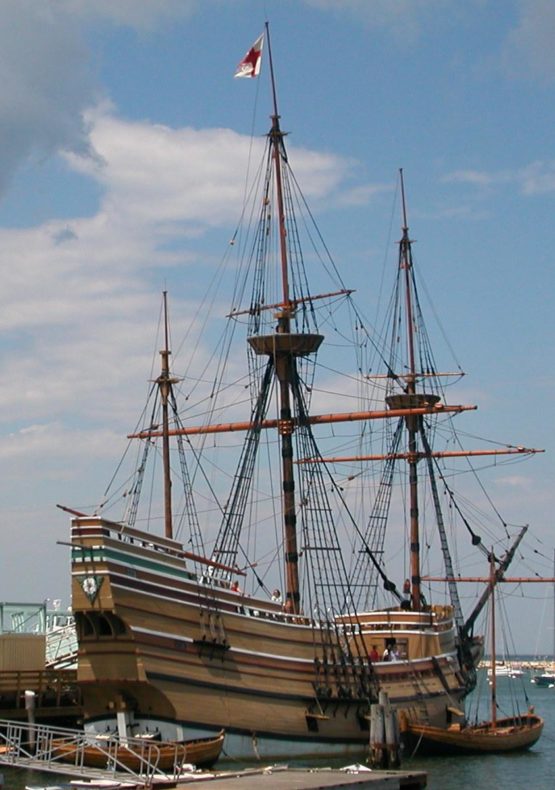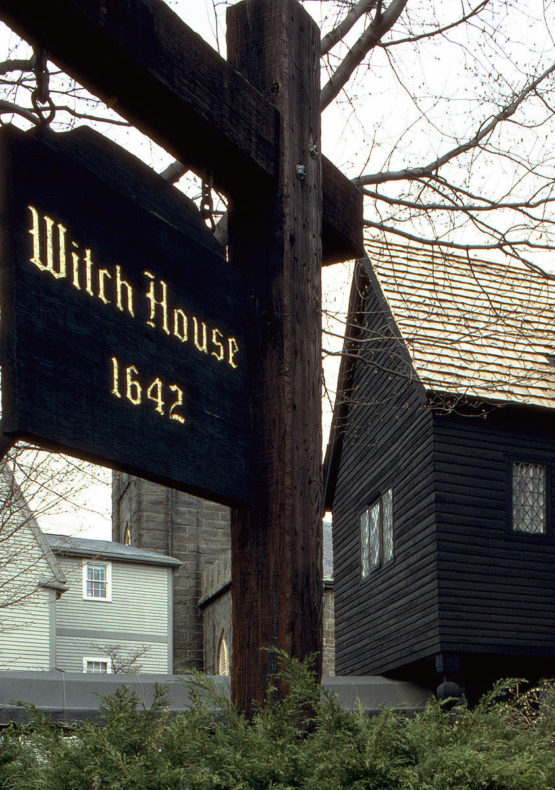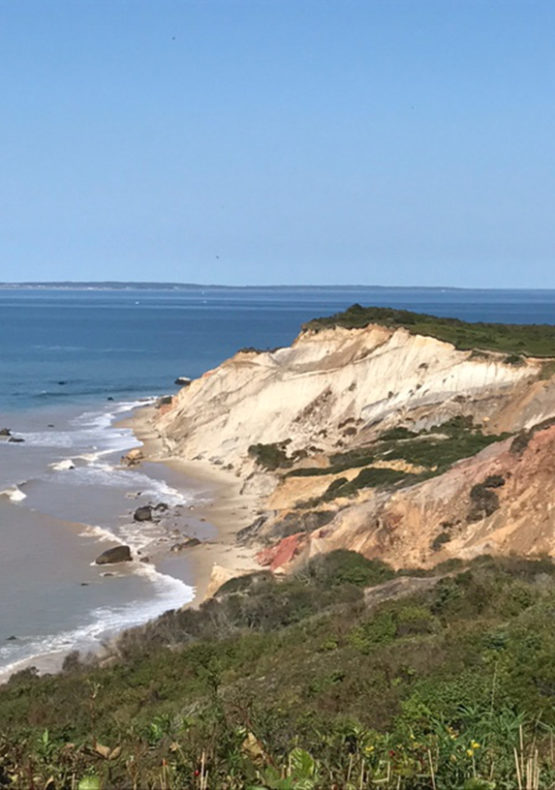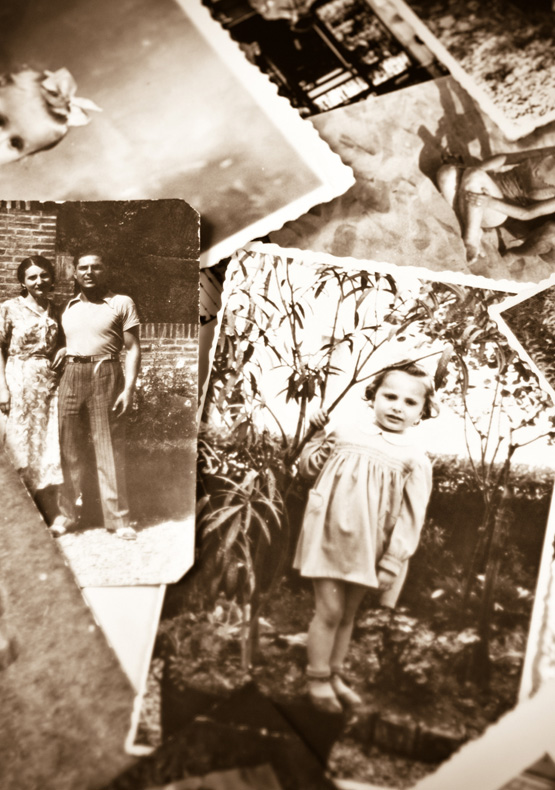The American Industrial Revolution began in Lowell, Massachusetts (settled in 1646). By the 1820s, Lowell was the largest industrial complex in America. Come with us to tour the old mills, see the canals built starting in 1792 – which were dug to get the products to market in Boston 26 miles away, see the old Boott Cotton Mills and mills where parachutes were made during World War II, take the “Mill Girl” Experience tour – learn why more than half of these young girls lost their hearing within a few years of working in dangerous and very loud factories, hear about the “Guns and Roses Strike” and the advent of the American Labor Movement and see where unions took root – teachers take note – we can plan a full day to include very interesting, nearby, and related side trips.
Lowell was the first city in the world to have telephone numbers, and much of the wiring apparatus was personally crafted by Alexander Graham Bell, who made the world’s first phone call in Boston, in 1876, just two months before Custer’s Last Stand.
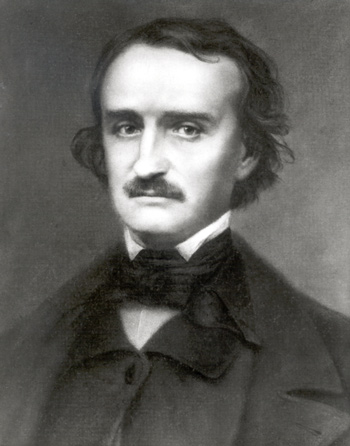
This city was the home of James McNeill Whistler (Whistler’s Mother) and Jack Kerouac, Bette Davis, Ed McMahon, and Milton Bradley – who created toy factories. Boston-born author Edgar Allen Poe wrote “The Raven” while living here in Lowell.
Margaret Sanger and Elizabeth Gurley Flynn, both socialist leaders, set up soup kitchens and medical care stations for the Mill Girls as they tried at the same time to unionize them. Half the workforce were boys and girls under 18 – and more than half of them lost their hearing after working there just 3-5 years. 36% of these child workers died by age 25 from cotton-lung disease or workplace accidents, among other causes.
The Mill Girls were required to live in dormitories owned by the Mills, and they worked 6 days a week, up to 12 hours per day. This housing was not free, and the girls had to pay rent – which was deducted from their pay. During factory change-overs (of products) and during large repair jobs, the girls were not working, but were still required to pay full rent. On Sundays, their only regular day off, they were taken to lengthy, mandatory church services. Kids today cannot fathom a lifestyle so daunting.
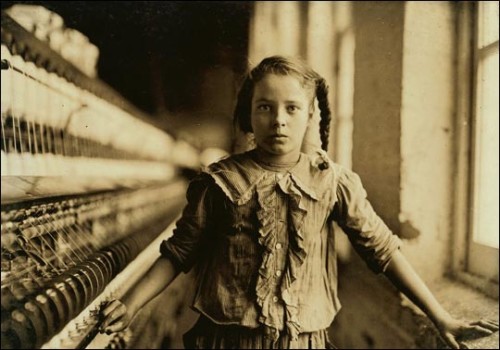
Since this was a time when America was hungry for cheap labor, 50% of the Mill Girls were foreign-born by 1900. Factory owners and bankers pressured Congress into opening the doors to America so that they could benefit from cheap, immigrant labor. There was no minimum-wage law, women could not vote, in most states women could not own real estate, and the Statue of Liberty invited all who sought freedom from oppression to enter America (so long as they were healthy).
Millions of immigrants flooded the United States, having no real papers or passports. Immigration marked them down as WOP, meaning “without papers”, and thousands and thousands of poor immigrants poured into the mill towns of New England, hoping for a better life.
